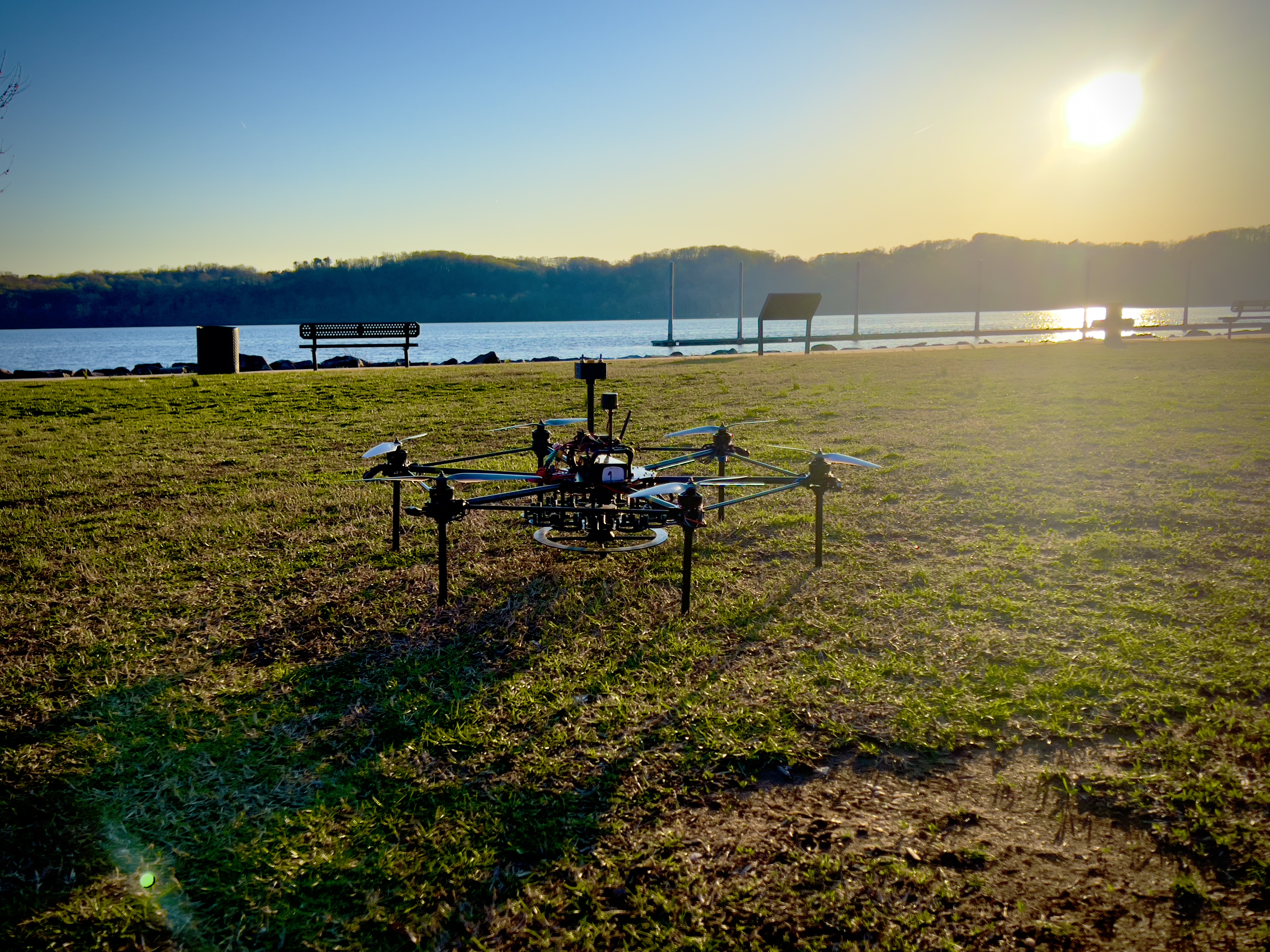
Second Place Finish at the DBVF Competition this Year!
In its inaugural season, the UA VTOL Team placed second at the Vertical Flight Society’s annual Design-Build-Vertical Flight (DBVF) competition. Our nearly 25 lbs aircraft — internally dubbed Night Fury — successfully performed vertical flight, navigated course waypoints, and precisely delivered a payload of 12 water bottles. We defied the odds and beat the University of Auburn, University of Maryland, Georgia Institute of Technology, Texas A&M University, and other prestigious schools around the country. For more information about the competition, please see the links below!
Student Incentive to Join
Students will have the opportunity to research, design, build, program and fly a drone.
The skills students gain can be applied during their co-op rotations and at their full time job in the field. Fill out the form and join today!
Steps to Success
1. Research
Drones require various mechanical and electrical components for flight. We have run different battery, rotor, and propeller combinations for at least 15 minutes of flight time based on our max take off weight. We have used a multirotor calculator to find optimal efficiency, thrust, RPM and more.
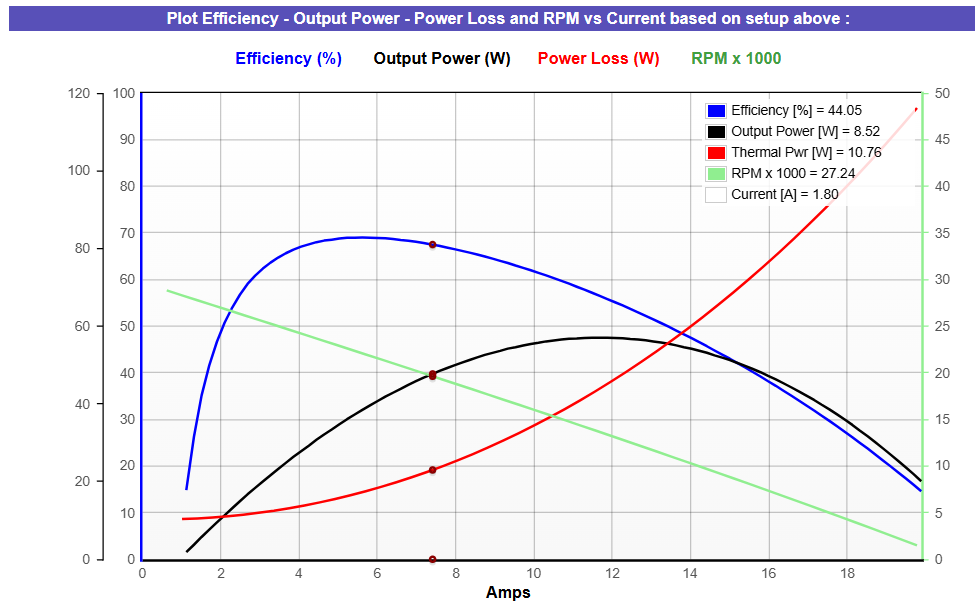
2. Design
We are designing our drone in SolidWorks around the guidelines from VFS. This year we are required to complete two flight missions. The first is oriented around autonomy while the second flight mission requires us to drop multiple payloads from 30+ feet above ground to specified areas on the ground. Check out what goes into the design of a drone!
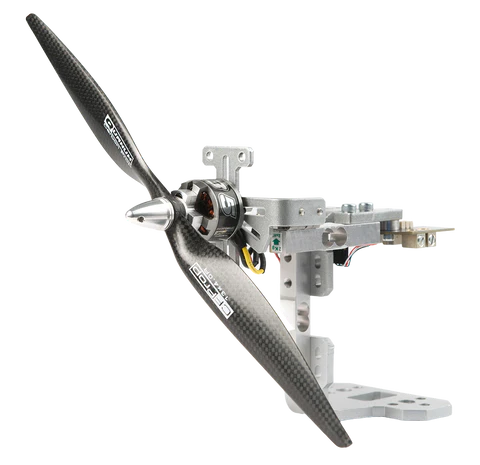
3. Simulation
We are furthering research using MATLAB for calculations and plots of motor effcincy, minimum required torque, etc. SolidWorks has been useful for FEA (Finite Element Analysis) on our main frame, payload system, and landing legs. We also plan to use a free flight simulator for piloting practice.
4. Build
Manufacturing and assembly of 3D printed parts, carbon fiber plates, electronic components inlcuding: flight computer, ESCs, GPS, camera, sensors, and more. Check out the article to learn more about drone manufacturing.
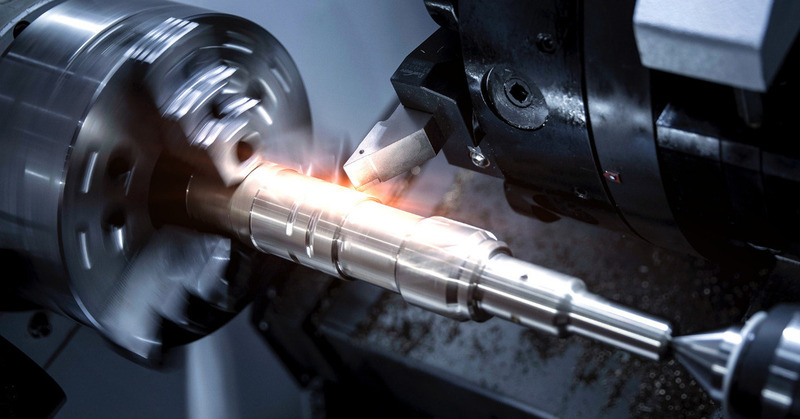
5. Integration
Verify wireless connection between our drone and controllers (FPV headset, remote, and laptop) is needed before takeoff. The weight of our drone requires an FAA pilot certification to fly (picture from pyitechnologies.com).
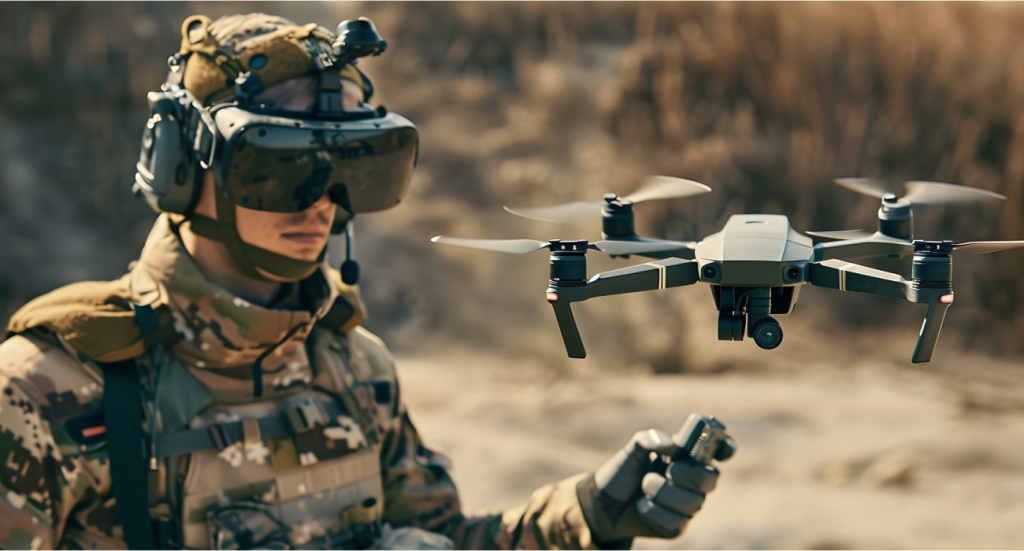
6. Autonomy
Mission Planner (free, open-sourced, and community-supported software by Ardu Pilot) is the primary in-flight software we will use for piloted FPV and autonomous flight.
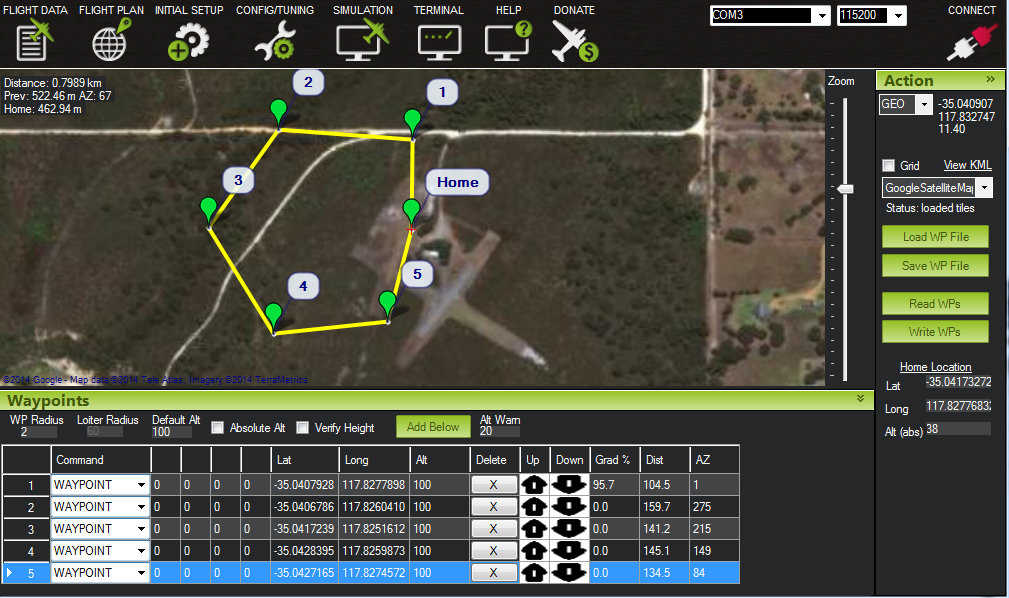
Proudly powered by WordPress
This student organization is a registered student organization at The University of Akron. Registration shall not be construed as approval, endorsement, or sponsorship by The University of Akron of the student organization’s publications, activities, purposes, actions, or positions.
